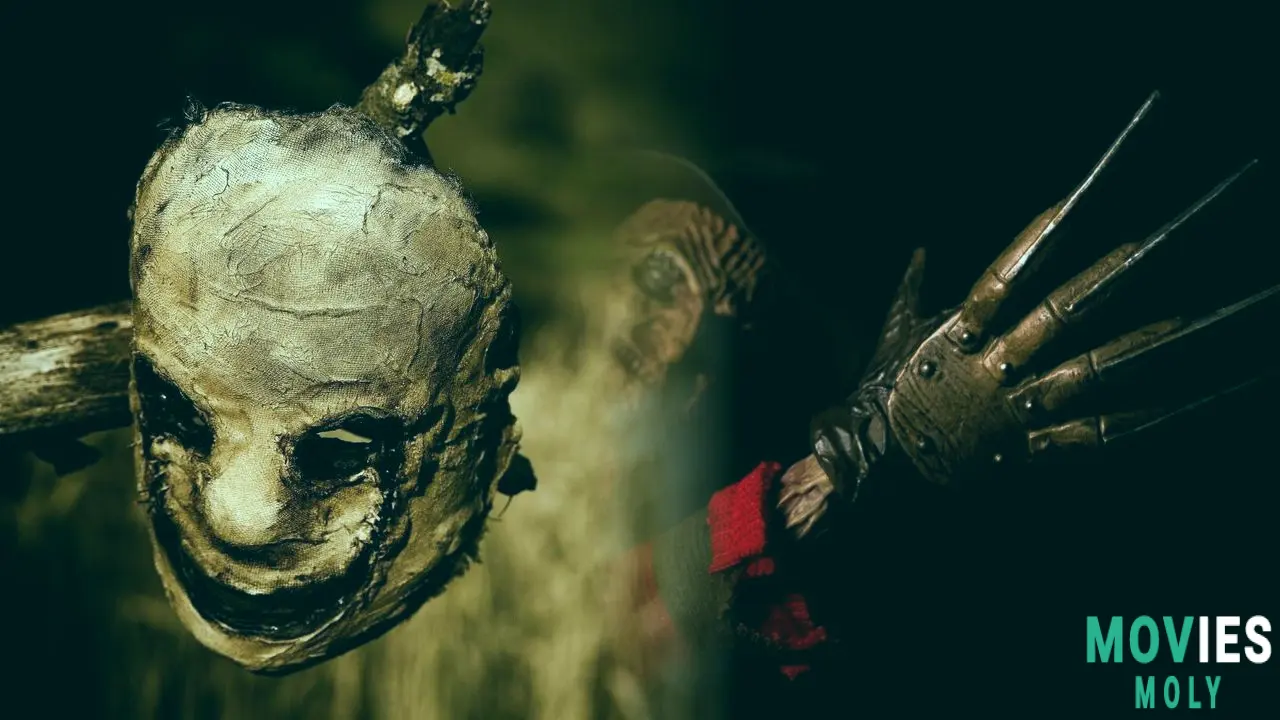A recent scientific study has crowned Scott Derrickson's Sinister as the ultimate horror movie for making hearts race, and we've got all the spine-chilling details about how it earned its top spot.
TL;DR
- Sinister (2012) tops the Science of Scare Project's 2025 list, proven to significantly raise viewer heart rates.
- The study measures physiological data, combining heart rate (BPM) and heart rate variance (HRV), to scientifically rank horror films.
- Ethan Hawke stars as a true-crime writer whose desperate obsession with found footage unleashes a terrifying supernatural entity on his family.
We all have that one friend who claims nothing scares them. Or maybe you're that friend. When it comes to horror movies, "scary" can be super subjective. What gives one person nightmares might just be a mild jump scare for another. But what if there was a way to measure fear, not just by goosebumps or muffled screams, but with actual science?
Well, buckle up, horror fans, because a project called the "Science of Scare" has been doing just that, and their latest 2025 results are in. And the film that consistently sends hearts racing more than any other? None other than Scott Derrickson's 2012 chiller, Sinister.
Unpacking the Science of Scare Project and Its Frightening MethodologySo, how exactly does science determine what's truly terrifying? The "Science of Scare Project," an ongoing experiment by MoneySuperMarket (also cited by broadbandchoices), takes the guesswork out of fear by hooking up brave viewers with heart rate monitors. These "test subjects" watch a marathon of horror films, and their physiological responses are meticulously tracked.
The project uses a "Scare Score" system, which combines two key metrics:
- Heart Rate (BPM): A higher beats per minute indicates excitement and fear, kicking in your fight-or-flight response.
- Heart Rate Variance (HRV): A lower heart rate variance points to increased stress, a tell-tale sign of that slow-burn dread that creeps under your skin.
By combining these two scores, the project assigns a Scare Score out of 100. For reference, the project even uses the animated classic Shrek as a control, which apparently scored a paltry 3 out of 100. So, when a movie hits a high score, you know it's seriously unsettling!
Presenting the Top 10 Scariest Movies According to Latest Scientific Data
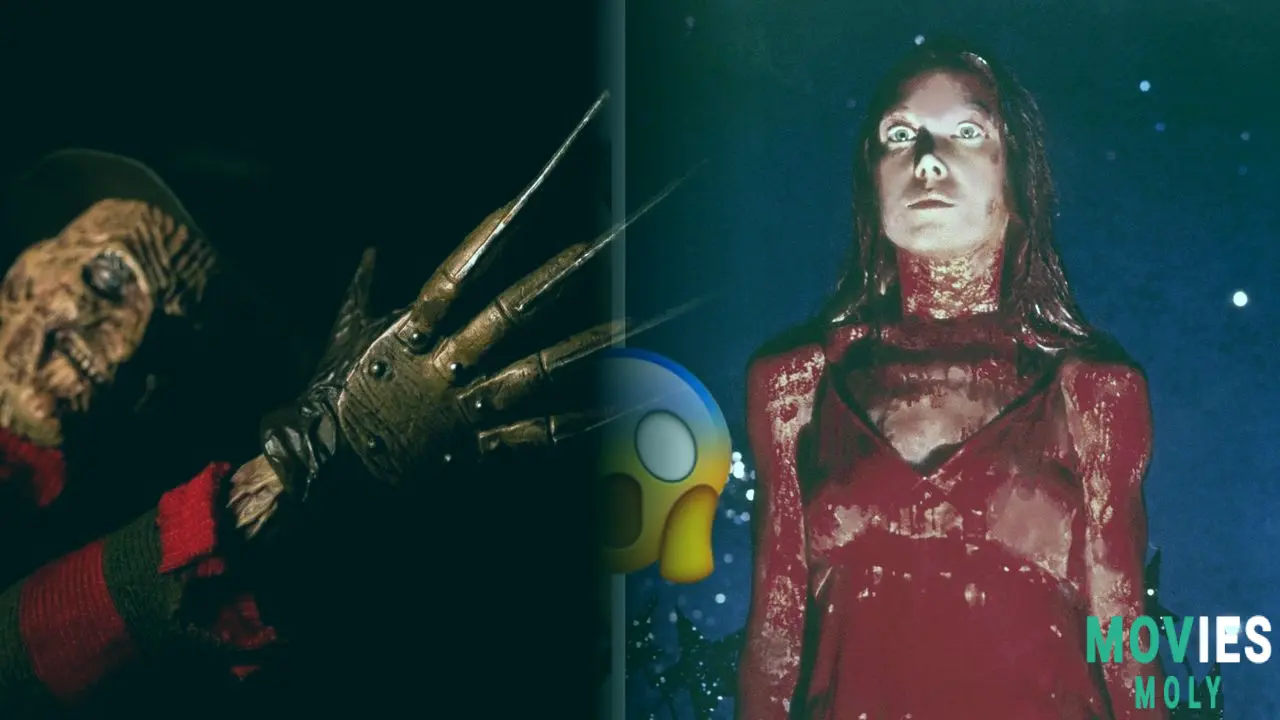
The 2025 Science of Scare list is out, and it features some familiar terrifying faces, along with a few newer entries. While many horror films have jump scares or gruesome scenes, this list is all about what genuinely gets your pulse pounding and keeps you in a state of dread. Here's the elite list of films that made the top 10:
- Sinister (2012) – 96 Scare Score
- Host (2020) – 95 Scare Score
- Skinamarink (2022) – 91 Scare Score
- Insidious (2010) – 90 Scare Score
- The Conjuring (2013) – 88 Scare Score
- Hereditary (2018) – 81 Scare Score
- Smile 2 (2024) – 79 Scare Score
- Smile (2022) – 78 Scare Score
- The Exorcism of Emily Rose (2005) – 76 Scare Score
- Talk to Me / Hell House LLC (2022) – 75 Scare Score
Several films made their debut in the top 50 this year, including Smile 2 (landing impressively at #7), Bring Her Back (#24), The Conjuring: Last Rites (#49), and Weapons (#50). Interestingly, films like 28 Years Later, Together, and Ugly Stepsister didn't quite make the cut this time around.
Dissecting Why Sinister Stands Alone as the Ultimate Scare Machine
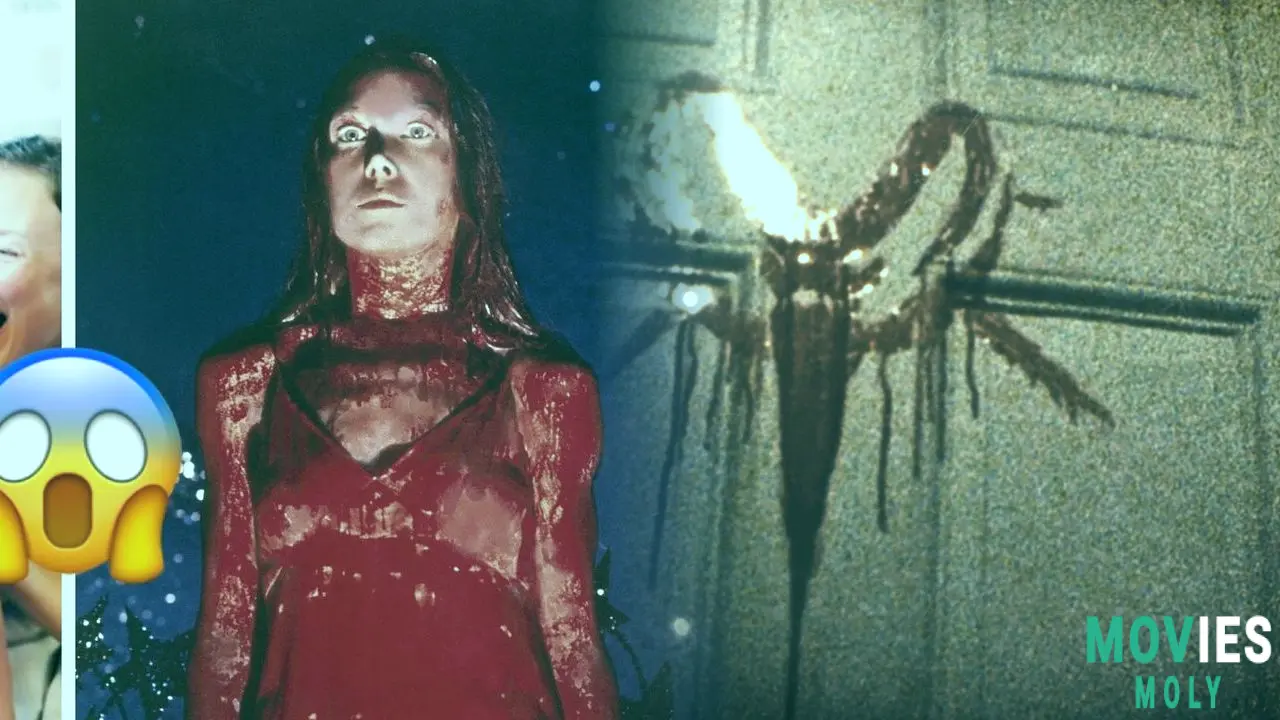
So, what makes Sinister the undisputed champion of scientific scares? According to the study, it caused viewers' heart rates to jump from an average resting rate of 65 BPM to a terrifying 86 BPM, with the highest spike reaching an alarming 131 BPM. That's some serious cardio! Directed by Scott Derrickson and co-written with C. Robert Cargill, this film delivers on its promise of dread.
The movie stars the always excellent Ethan Hawke as Ellison Oswalt, a true-crime writer struggling to recapture his past success. In a desperate move, he relocates his unwitting family to a house where the previous residents were brutally murdered. His hope? To write a new hit book that cracks the cold case.
However, his investigation takes a dark turn when he discovers a box of old Super 8 home movies in the attic. These aren't innocent family videos; they're disturbing snuff films depicting the murders of various families, all connected to the house over the years. As Ellison delves deeper, he uncovers a sinister supernatural entity named Bughuul, who orchestrates these killings and feeds on children and obsession.
"I can understand Sinister being #1, as it has at least one of the craziest jump scares I’ve ever seen that I won’t ever forget."
— Paul Tassi, Forbes Senior Contributor
What truly elevates Sinister is its sustained sense of doom. The grainy, unsettling Super 8 footage of families meeting their horrifying ends feels incredibly real and disturbing, a deliberate choice by Derrickson to film them on actual Super 8 to enhance their "snuff film" aesthetic. This isn't just about jump scares (though it has some incredibly effective ones); it's about a pervasive sense of dread that builds throughout the 110-minute runtime.
Hawke's portrayal of Ellison Oswalt is crucial to the film's success. He plays a deeply flawed protagonist, consumed by ego and a desperate need for relevance, willing to put his family in harm's way for a story. His psychological unraveling as he becomes entangled with Bughuul is terrifying to witness. The demon doesn't just attack its victims; it embeds itself in their lives, feeding on their fascination and moral decay. It's a masterclass in psychological horror.
Revealing the Behind-the-Scenes Terror: The Opening Scene That Almost Went Awry
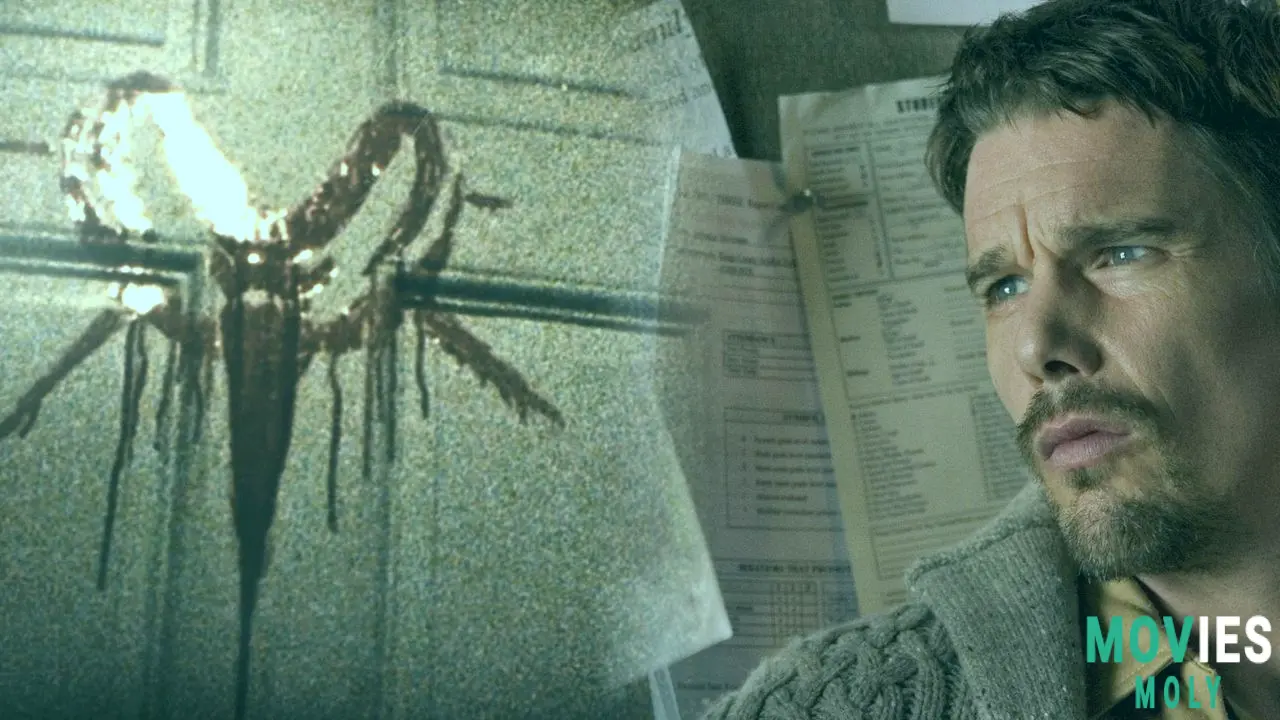
Even the making of Sinister had its share of real-life scares. The film's chilling opening sequence features a family being hung from a tree, shot on that iconic Super 8 film. This scene, designed to immediately immerse viewers in dread, almost had tragic consequences.
During production, the stunt coordinator's rig for the hanging scene, which relied on a crane, proved faulty. An art director on set had warned against the design, and on the day of shooting, things went wrong. The stuntman involved was left severely shaken after the harness went around his neck. The negligence led to director Scott Derrickson firing the stunt coordinator and cost the production thousands of dollars to fix. Thankfully, the stuntman was unharmed, but it highlights the dedication (and dangers) involved in creating such a realistically disturbing sequence.
Tracing Ethan Hawke's Journey from Scared Victim to Terrifying Villain in Horror

While Sinister showcases Ethan Hawke as a victim of supernatural terror, it also highlights his incredible versatility in the horror genre. His performance as Ellison Oswalt, a man caught in a Faustian bargain with his ambition, is often cited as one of his best. He's not fending off a masked killer, but rather battling a creeping evil born from his own obsession.
Hawke has since become a prominent figure in modern horror, notably reuniting with Scott Derrickson for The Black Phone and its recent sequel, Black Phone 2. In these films, he dramatically shifts roles, playing the menacing child kidnapper, "The Grabber." This evolution demonstrates Hawke's range, moving from prey to a truly terrifying predator.
In The Black Phone, The Grabber is a theatrical, mask-wearing boogeyman, a human villain. But in Black Phone 2, Hawke's character transcends into a supernatural scourge, haunting victims in their dreams. This transformation prompted Hawke to ponder his performance deeply.
"What does sin walk like? What does sin sound like? That was just kind of how I thought about it. It's almost like playing a gargoyle." — Ethan Hawke, on his role in Black Phone 2
Hawke also mentioned taking inspiration from horror icon Robert Englund and his portrayal of Freddy Krueger, focusing on communicating character through body language. It's this dedication to depth, whether as a haunted protagonist or a spectral villain, that cements Hawke's place as a true "scream king" in horror history, all while working closely with director Scott Derrickson.
The Enduring Legacy of Sinister and Its Scientifically Proven Scares

More than a decade after its release, Sinister continues to hold its terrifying grip on audiences and, as the Science of Scare Project proves, on our very heartbeats. Its blend of unsettling found footage, psychological unraveling, and relentless dread creates a unique horror experience that doesn't offer easy catharsis. There's no clear victory, no simple escape from Bughuul's insidious influence.
The film implicates the audience, too; by watching Ellison watch the horrific Super 8 films, we become voyeurs, sharing in his morbid curiosity and, in a small way, his doom. This deep, pervasive terror is why Sinister continues to be lauded as one of the Scariest Movies of the 21st century and now, scientifically, the scariest movie of all time. So, if you're looking for a truly heart-pounding Halloween watch, you know which movie to queue up!
Frequently Asked Questions About the Scariest Movie Ever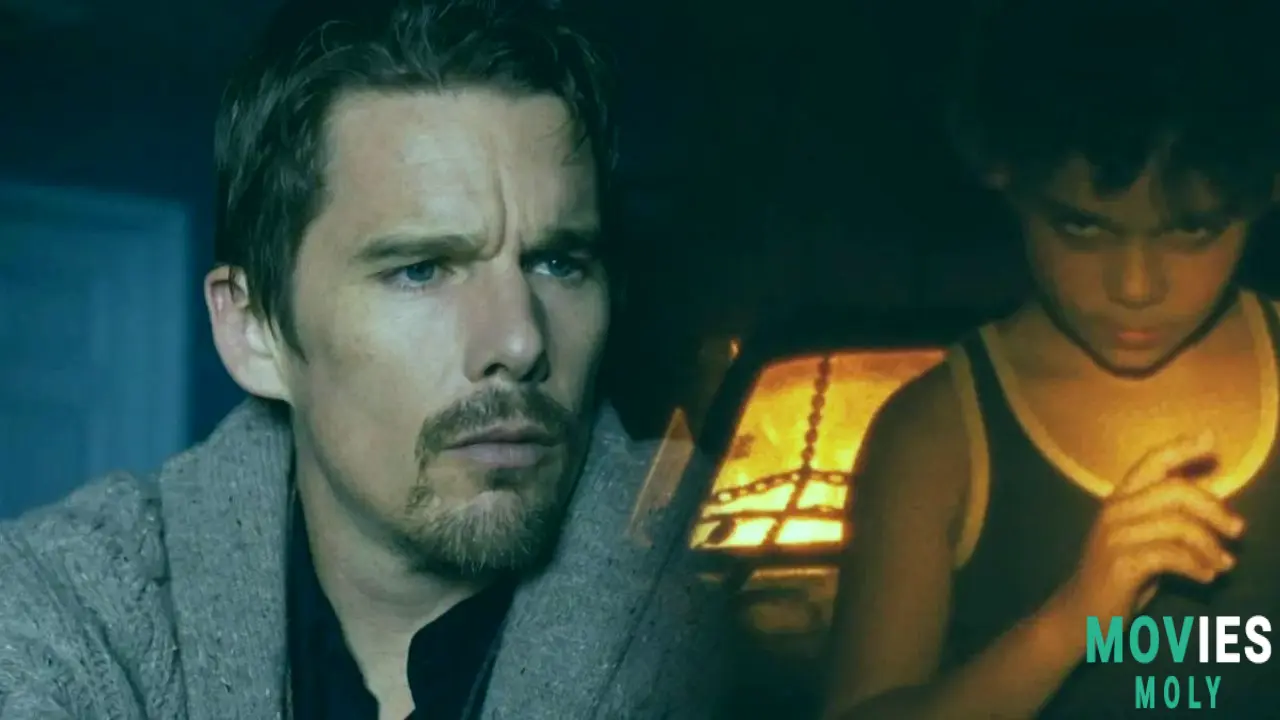
Where can I stream Sinister?
As of late 2025, Sinister is available to stream on Hulu (US). Some reports also indicate it can be streamed for free on Tubi.
What is the "Science of Scare Project" and how does it measure fear?
The "Science of Scare Project" is an ongoing experiment by MoneySuperMarket that uses scientific methods to rank horror films by their scare factor. It measures physiological responses in viewers, specifically heart rate (BPM) and heart rate variance (HRV), to calculate a "Scare Score" out of 100.
Who directed Sinister and what is its runtime?
Sinister was directed by Scott Derrickson, who also co-wrote the film with C. Robert Cargill. The movie has a runtime of 110 minutes.
Is Sinister truly the scariest movie ever, or is it subjective?
While personal opinion on scary movies will always vary, Sinister has been crowned the "scariest movie ever" by the "Science of Scare Project" based on measurable physiological data. Its high Scare Score and significant impact on viewer heart rates provide a scientific backing to its reputation for terror.
Sources
- Various articles from Forbes, SlashFilm, Collider, MovieWeb, ComicBook.com, Hits 96, and Pure Country 106.

